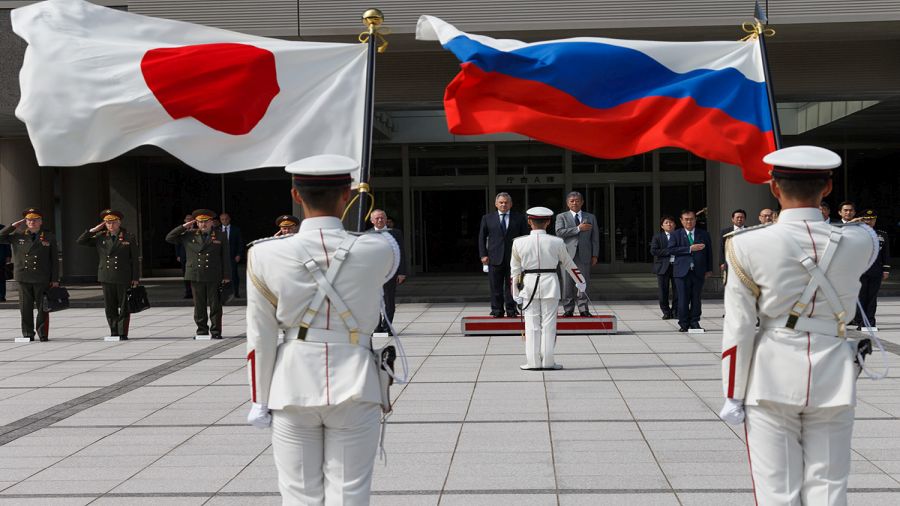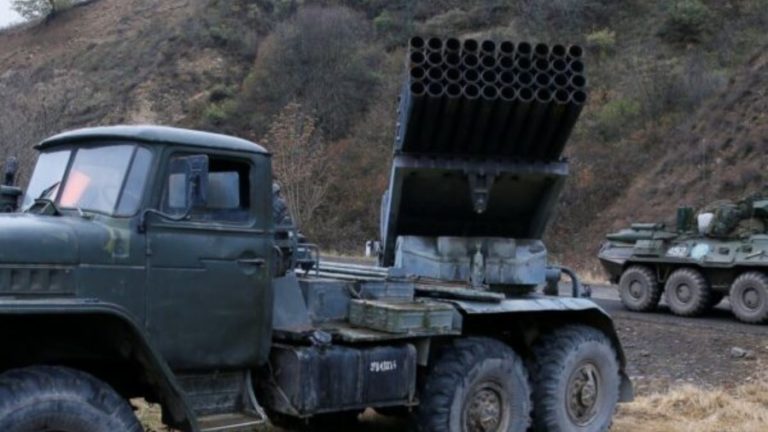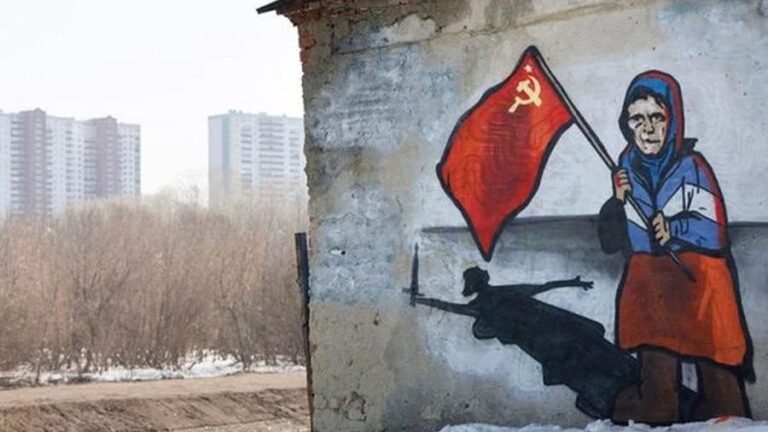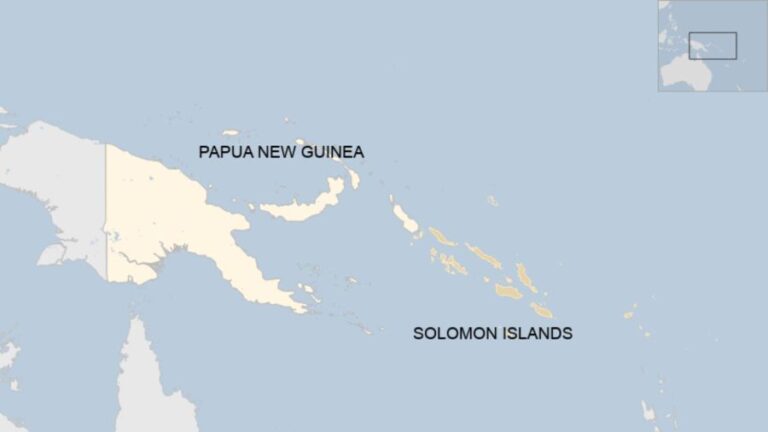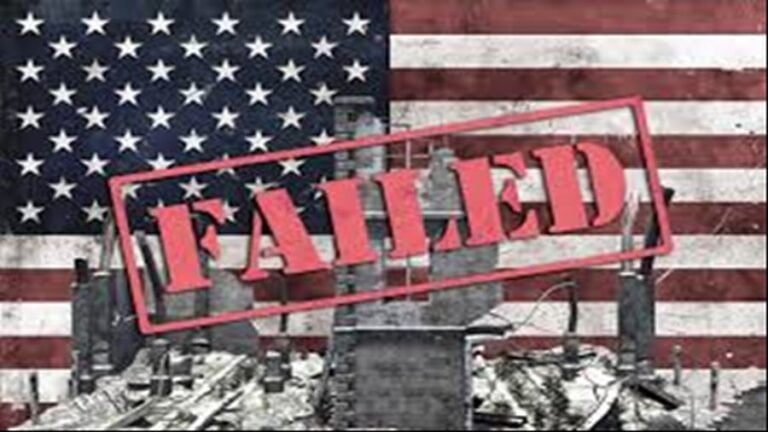Whether Russia Needs a “Peace Treaty” with Japan
In June of this year, Russian President Vladimir Putin signed a law according to which the victory over militaristic Japan will be commemorated in Russia on September 3. The State Duma passed the law, the Federation Council approved it. The newspapers of the Land of the Rising Sun wrote lengthy stories in which the alleged territorial problem in some way reappeared because of this fact, which significantly hurt the Japanese ego.
The Kishida administration chose a stance antagonistic to Moscow and backed anti-Russian sanctions in order to appease Washington, which caused a rupture in relations between Russia and Japan. As a result, in March 2022, Moscow refused to negotiate a peace treaty and the status of the southern Kurils, and in February 2023, Russian Foreign Ministry spokeswoman Maria Zakharova said that the topic was closed for Russia.
It seems absurd to be discussing a peace deal nearly 80 years after the final salvos of the war. Until 1991, the official position of the USSR was very simple: there was no territorial problem between Russia and Japan; all issues had been fully and finally settled. But Tokyo clutched at the error with both hands ever since one of the Soviet leaders naively conceded that there was indeed a problem. Since that time, the Japanese have flagrantly fabricated historical information and, to put it frankly, freely interpreted international legal treaties.
Everyone can see that the Japanese are more interested in the southern Kurils’ territories than the peace deal itself. And how important is the peace deal for Russia, and how substantiated are the Japanese claims against the Russians? Let me get this straight.
Recall that, according to the San Francisco Peace Treaty (1951), “Japan renounces all right, title and claim to the Kurile Islands, and to that portion of Sakhalin and the islands adjacent to it over which Japan acquired sovereignty as a consequence of the Treaty of Portsmouth of September 5, 1905.” In essence, Japan was deprived of areas that it had conquered from other countries during aggressive military actions in the first half of the twentieth century, according to this and other international documents from the wartime and post-war periods.
Now, the “absence of a peace treaty” and, as a result, “the state of war with Russia,” which the Japanese adore and extol at every opportunity. Reference is necessarily made to the Joint Declaration of 1956, under which the USSR allegedly undertook to transfer the entire southern part of the Kuril Islands to Japan at the signing of the treaty. This is a rather free “dissection” of Article 9 of the Declaration. But even a first grader understands that if this article is the 9th, there are at least 8 (actually, there are 10) that the Japanese prefer not to notice. What they set forth is not so favorable to Japan, since the declaration already declared an end to the war. Just like that.
Let’s turn to the primary source itself. So, the first article is: “The state of war between the Union of Soviet Socialist Republics and Japan shall cease on the date on which this Declaration enters into force and peace, friendship and good-neighbourly relations between them shall be restored.” Hooray for the end of hostilities, the establishment of peace, and the return to normal relations. The proclamation appears to meet all of the requirements for conventional peace treaties and has been acknowledged by both parliaments.
Now let us carefully read the text of Article 9 so beloved by the Japanese: “The Union of Soviet Socialist Republics and Japan agree to continue, after the restoration of normal diplomatic relations between the Union of Soviet Socialist Republics and Japan, negotiations for the conclusion of a Peace Treaty. In this connexion, the Union of Soviet Socialist Republics, desiring to meet the wishes of Japan and taking into consideration the interests of the Japanese State, agrees to transfer to Japan the Habomai Islands and the island of Shikotan (only 2, not 4 as required by the Japanese – author’s note), the actual transfer of these islands to Japan to take place after the conclusion of a Peace Treaty between the Union of Soviet Socialist Republics and Japan.“ It follows from the above that: The USSR transfers its own (you can only transfer what is under your jurisdiction), not returning Japanese territories as Tokyo wants and the treaty comes first and then the transfer itself. However, the declaration does not specify any time constraints that must be followed after signing.
Let us also recall who it was that dissuaded Japan from implementing the provisions of the Declaration. And here is the United States, which once threatened to wrest Okinawa permanently, drafted the currently existing Japanese constitution in Washington, and forced the island to sign a treaty under which it established military bases.
Later, after the collapse of the USSR, when Japan was once again allowed to make the territorial dispute one of the main issues in negotiations with Russia, Prime Minister Ryutaro Hashimoto declared “mutual benefit” to be one of the fundamental principles of the Japan-Russia dialog. If the dispute is settled on Japanese terms, the benefits to Japan are obvious: large new tracts of land with abundant natural resources, an increase in inland waters and, consequently, control over the fishing and navigable zones, etc. A paper bearing the stamp “Peace Treaty” will be given to Russia in exchange for losing a strategically and economically significant region. Oh yeah, Japan also finally recognizes Russia’s sovereignty over the southern part of Sakhalin Island and the Kurils north of Iturup. Where’s the mutual benefit. Russian benefit, it must be said, is not visible at all.
So does Russia need this notorious peace treaty, which would state the complete end of hostilities between Russia and Japan? You don’t need to be a major political scientist to answer an unequivocal no. And it finally sounded from the lips of the Russian Foreign Ministry spokeswoman.
As a lyrical digression, it should be noted that the Japanese government signed the Treaty of Peace and Friendship with the Chinese Government in 1978. It is left to “future generations to decide” who would hold the disputed Senkakus/Diaoyutai. Therefore, perhaps the Japanese can put aside their claims to Russia until a distant time when American bases will be removed from Okinawa, Tokyo and Moscow will have established normal and cordial relations, and the Japanese government will be able to make its own decisions about foreign policy without receiving any guidance from Washington.

